Podkal beans are all sugar grade legumes. They are used in this case in a misappropriate form.
All sugar grades can be divided into 2 species - these are beans with the presence of a parchment layer without it. Those varieties in which this layer are missing are the most valuable and expensive - they are called asparagus. They are prepared very simply - by cooking. This species is the most, so say, fleshy, and the highest quality component is the highest.
The beans has a lot of useful vitamins and trace elements in its arsenal - alone only protein in certain varieties is contained up to 6%. Vitamins of group B, a, as well as calcium, vitamin C, vitamin RR, iron.
In addition, scientists have long been fixed with beneficial substances that have favorably affect the health of the human body. In this sense, the Limskaya beans are highly valued, otherwise the lunar beans. It is believed that it is this grade that has the greatest healing properties. After long experiments, it was found that there are agglutinins in this grade. These are substances that cause gluing bad microorganisms caused by infectious diseases. Thus, it is this element that helps to overcome various ailments and strengthen the immune system. To date, scientists are trying to understand whether the agglutinins have properties to fight oncological problems.
In addition, it was recorded that the podlock beans can lower the blood sugar, which means it is shown to diabetics.
People with rheumatism will appreciate this plant, it should also be used in edema that are associated with kidney disease. Good affects the condition of the patient in heart failure.
If you have a sick liver - beans recommended for the diet.
Herbal fees, which for the most part most of the bean sash will help to cope with cystitis, gout, urolithiasis.
The pancreas of the sash also have a positive effect. Homeopaths In general, it was generally a long time to apply this plant to combat the ailments.
If you are also talking about the advantages of asparagus beans, it should be clarified that it should be very large content of magnesium silicon, and most importantly, it is easily absorbed by the body.
Note that if the beans are less than 1 cm, then it is much more nutrients. And according to taste, they are superior to the major beans.
Remember! Cheew beans can not be used. As soon as she falls into the gastrointestinal departments, she immediately begins to allocate a substance dangerous substances that can cause strongest poisoning. That is why this plant needs to be prepared as it should, and not to use uncapped, not to mention cheese.
Landing of the podole and time of her collection
Before planting culture, you need to think about where to place the plant. Very often, the Beans of Dachniks take place on the residual principle, and at all in vain. Seasy beans, you kill two hares at once - first, you will get delicious and useful fruits, and secondly, this culture is capable of much significantly enrich the soil, saturating it with nitrogen. Therefore, the seasy other plants after the beans can be sure that they will grow healthy and bring a large and tasty harvest.
Select the place for leggings, depending on its variety. For example, the beans tend to grow absolutely anywhere, the main thing is the presence of a support for which it will come. It can be both homely pole and ordinary fence. Or maybe even decide that culture can assist near the standing tree - it will be very picturesque.
If we are talking about bush beans, we recommend planting it on ordinary beds, and preferably between cabbage and potatoes.
How to prepare seeds and land to landing
Of course, ideally, the land in which plan to plant should be fertile. Loose, drained soil is the key to a large and tasty harvest. But this is not recommended at all, it is so planted on clay soil or near the groundwater - the chances of the fact that the seeds at all go are very small.
To get a big harvest, deposit compost or humus to the land in the land, after making sure to unpacked the Earth. In addition, the ammonia Selith is perfectly suitable if you add superphosphate and calcium chloride into it. In a word, the higher the nitrogen content in the ground, the richer you will get a crop, but only the green part of the beans, without pods.
Sing the change was recommended from the end of April - the beginning of May. This is due to the fact that segments of this culture appear very quickly, just 1-2 weeks - and you will already see sprouts.
Due to the fact that April-May is quite controversial months, at this time there are freezing, so you should work a little over the stability of the beans.
How to handle the beans for planting:
- First of all, check all the beans, they should be in perfect condition, there should be no damage anywhere, it is impossible to doubt as seeds.
- After they checked all the seeds, soak them in melt water. It is necessary for them better and faster germinated. But keep in mind that in the water they need to keep not more than 12 hours, otherwise everything will be the pump.
- Right in front of the landing itself, take a solution of ammonium with boric acid, plunge the beans in them and hold 5 minutes. Thanks to this procedure, you turn the beans to health and immunity from pests.
Put the pod bean and carefully care for it
Once the temperature on the street is more or less locked at a mark of + 15 degrees, and at night freezing, then you can choose a day for a culture landing. Seed seeds need to be at a depth of no more than 5 cm. Big depth is extremely not recommended, as it can significantly slow down the development and germination of the plant. In addition, due to the long part, the plant will begin to be installed, and after and can perish. A smaller depth often harms - can occur to germination.
If you put the bush grades, keep in mind that there is a distance of 15-20 cm between seeds. And each subsequent bean should be sowed at a distance of 35-40 cm. The disembarkation is extremely recommended to do in a checker. And try to meet in 4 rows.
If you put the curly varieties, provide them with a good support. If it is not - put the beam, 2 meters high, insert 2 more poles and spend the rope or wire between them. Beans need to plant on both sides of the beam. And do the distance between disembarks at 30 cm.
In addition, the belt can be planted and so-called nests, i.e. To do small wells in the ground and put in them 5 seeds. If you use this method, you can refuse the poles, is enough 1 low cavity, according to which the plants will subsequently melt.
Note: It is extremely undesirable to use material from plastic as a support, since the beans do not fit with it.
After they made a landing, we water the garden and robbles slightly weaken the soil. Cover the crops to the film so that they do not come freezes at night.
As soon as you see the first shoots, you can begin to vychuchny. Thus, you endure them with special stability.
CARE FOR STRUCH FACE LIFE:
- Before the moment the beans begin to bloom, it is necessary to water the culture 1 time per week, in no case, not more often. As soon as the plant feels an overabundance of water, it will immediately begin to give leaves. By the way, watering 1 time per week is only with hot weather. Watering can be less likely.
- As soon as the plant starts blooming, and the first flowers and pods will begin to look, watering is recommended to increase exactly 2 times.
- After each watering, it is necessary to break the earth a little.
- As weeds appear, they need to be deleted, do it carefully without damaging the pod.
- As soon as you see the first ovary with leaves, you can start feeding the plant. Start with superphosphate. You can spend the second feeder to spend the potash salt - it will be at the moment when the boutons begin to tie.
- As soon as you see that the culture has grown 2 meters, hide it in the top, so you will give a push for the occurrence of uncess.
Fighting pests and diseases of the podole
The tricky beans is fundamentally different in terms of disease and pests, it is also subject to them. Beans has obvious similarities with peas, and here it is important to prevent the disease at the initial stage - you will do it if the beans for planting will be healthy and not affected by anything.
Of course, there are also special occasions, for example, bacteriosis or non-bob obochitosis. These diseases are associated with very hot weather. In addition, the frequent enemies of the pole beans are considered to be mildewing dew, rust, white rot and some others.
As mentioned above - the first and most important source of infections are seeds.
If at the time of the ripening of the plant you noticed the dust or white film on leaves or pods, this suggests that there are signs of pulse dew - in this case, immediately leave the leaves and stems with this defeat. Do not regret the bush, otherwise the disease will spread to the entire surface of the beans. Torn escape is best, of course, burn, or throw away away from the plants, as it represents for them, even in such a state, immediate threat.
Despite the fact that the infected Escape is broken, preventive measures against the disease can not be avoided. To do this, take the milk milk and spread it with water in the ratio of 1: 9. The resulting mixture is needed from the sprinkler to sprinkle a bush from the bottom to the top. Such manipulation must be carried out 2 times a week. Thanks to her, you neutralize the beginning illness and kill her for the root.
Also, gardeners are recommended to perform a spraying solution of dry milk with the same solution of apple vinegar, or, food soda.
If your plant is still ill, remember that after him in no case cannot be planted for culture for 3 years, otherwise the disease will repeat with them.
We collect the crop of the podole
The taste qualities of the resulting crop directly depend on when you collected it. Therefore, take into account the temporary collection framework if you want to get delicious beans. So, the beans pods must be collected in the morning when there is still dew. Thus, the plants are drinking moisture and are obtained very juicy. You can correctly collect beans pods as follows: Hold the stem with one hand, and the second will cut it sharply or gently cut it with scissors.
If you wondered when collecting a harvest - then everything is very simple. How to see that flowers appeared on the plant, you can hold. And thus act every couple of days.
Bean pods need to be turned off while they are still green and juicy.
Podkkaya beans, photo

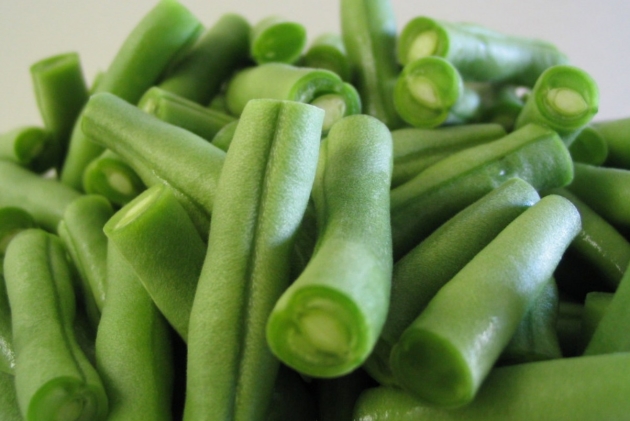
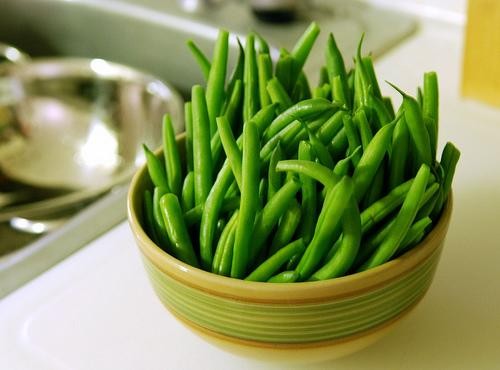
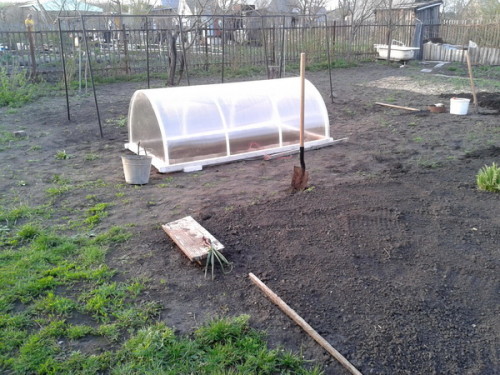
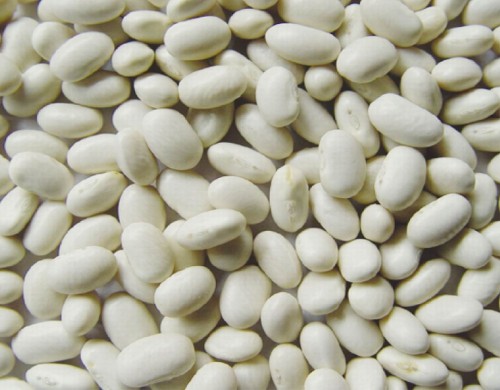
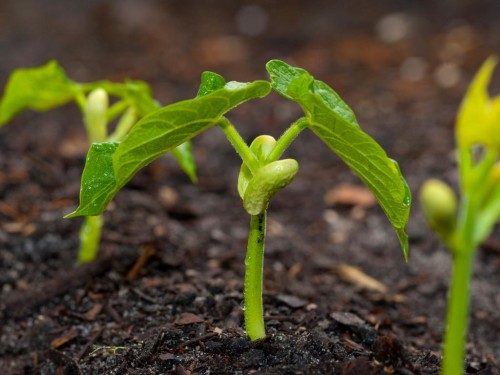
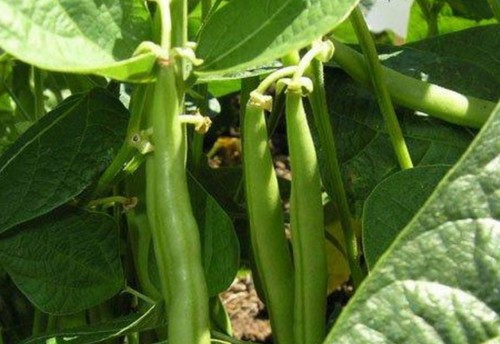
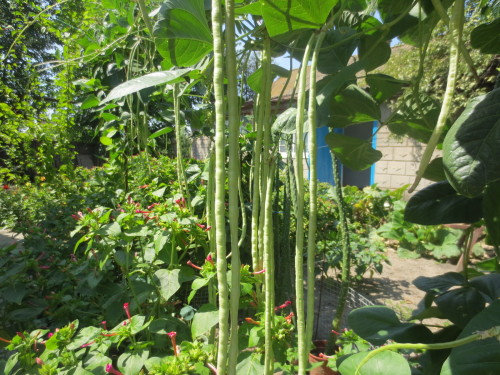

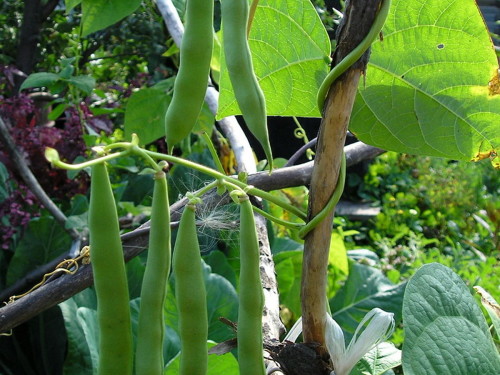
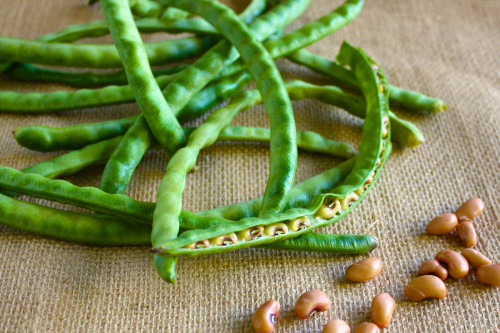
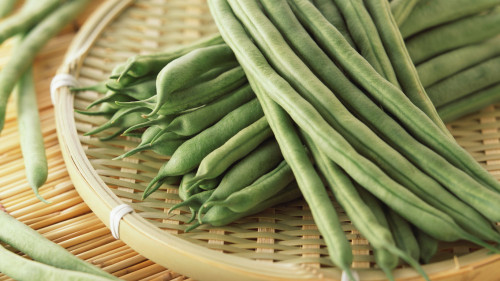












 Start a discussion ...
Start a discussion ...